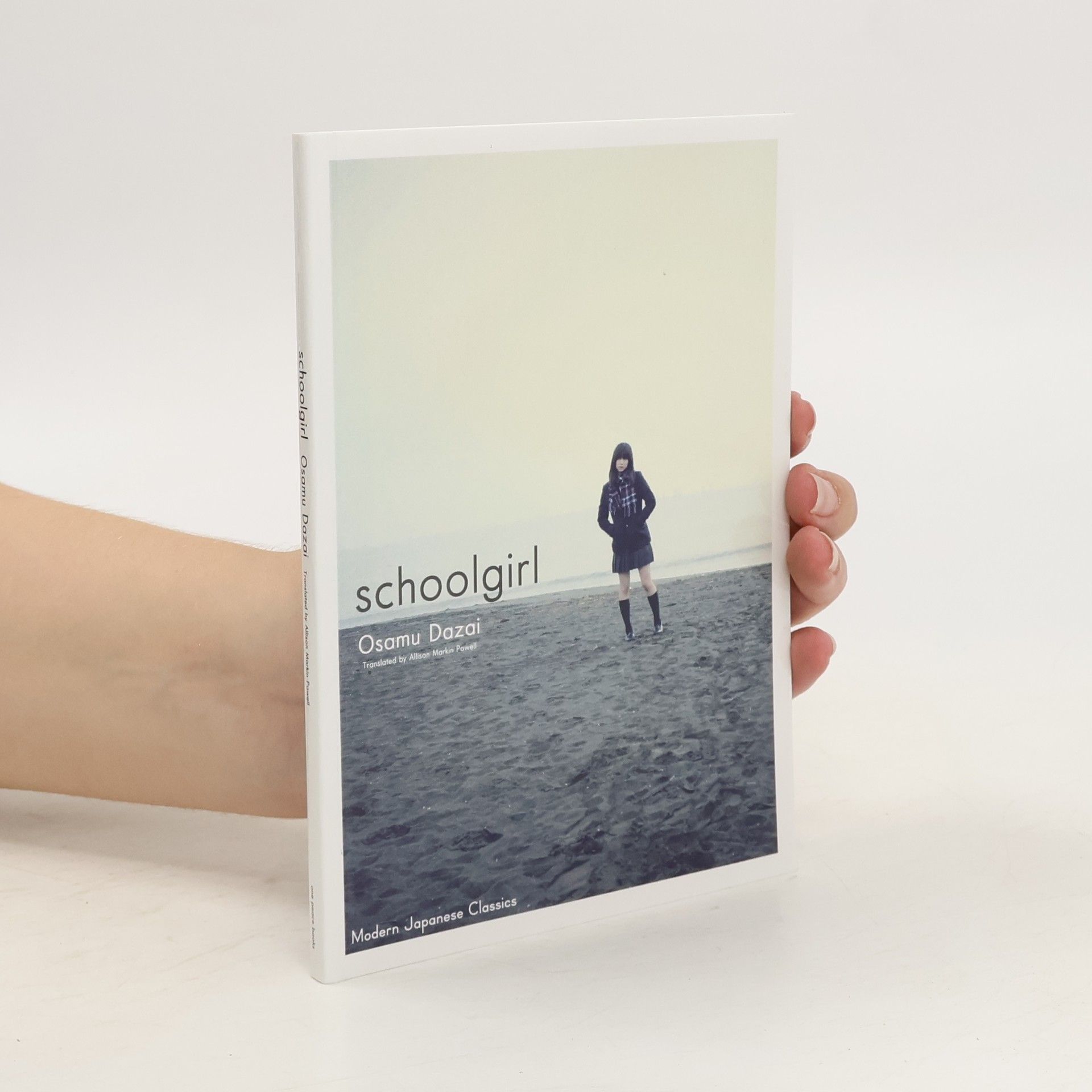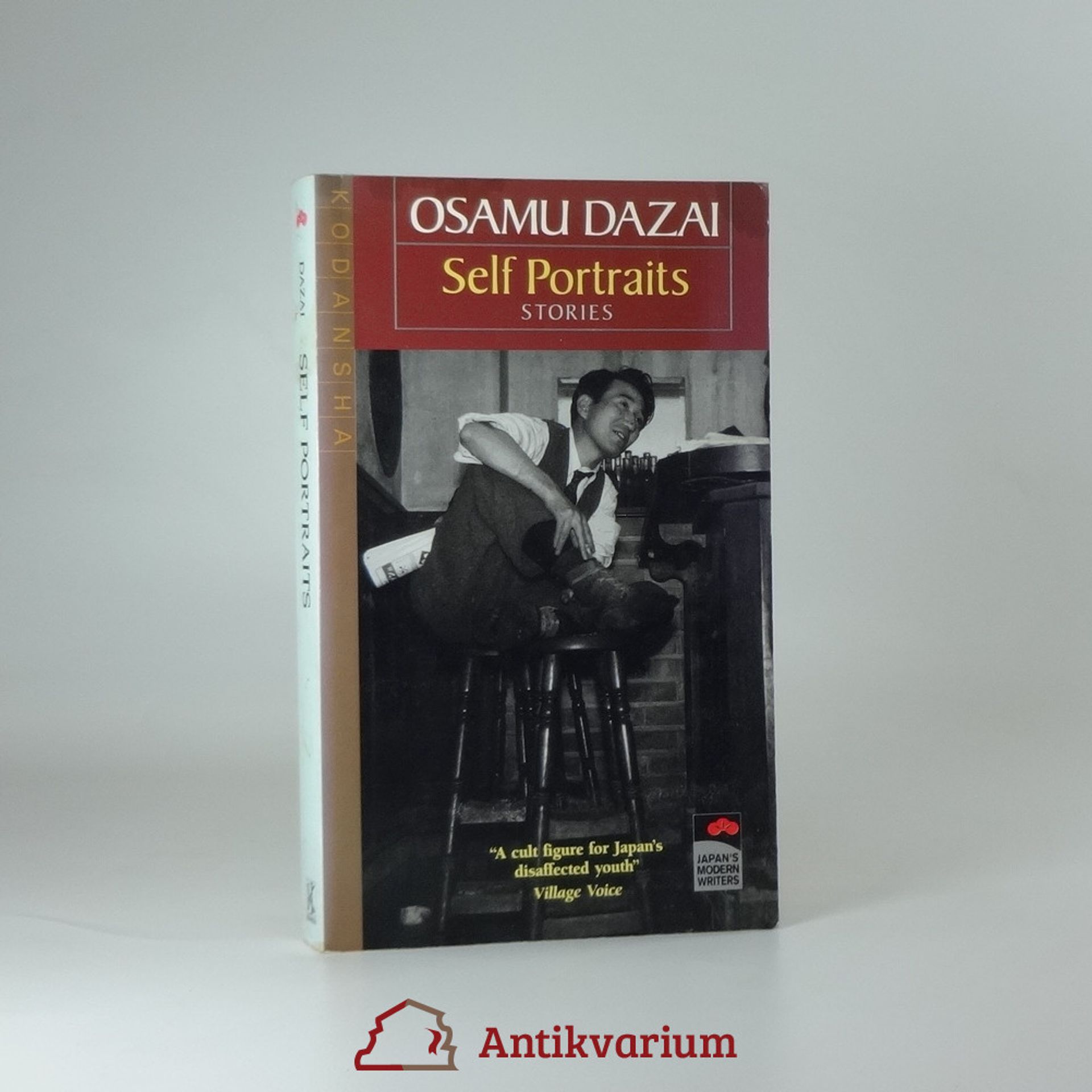No Longer Human
- 188pages
- 7 heures de lecture
A young man describes his torment as he struggles to reconcile the diverse influences of Western culture and the traditions of his own Japanese heritage.
Osamu Dazai était un auteur japonais considéré comme l'un des principaux romanciers du Japon du XXe siècle. Ses œuvres, souvent écrites dans un style semi-autobiographique avec une transparence sur sa vie personnelle, intriguent les lecteurs. Ses histoires sensibilisent également à des sujets importants tels que la nature humaine, les maladies mentales, les relations sociales et le Japon d'après-guerre. Ses œuvres sont considérées comme des classiques modernes au Japon.







A young man describes his torment as he struggles to reconcile the diverse influences of Western culture and the traditions of his own Japanese heritage.
Bringing together novelist Osamu Dazai's best autobiographical shorts in a single, slim volume, Self-Portraits shows the legendary writer at his best--and worst
This final volume of the critically acclaimed series, reveals Yozo Ohba's quick and tragic demise. After what appears to be a brief period of marital bliss from the budding cartoonist, a shocking revelation reopens deep emotional wounds leading him towards reclusion and eventual self destruction. A modern classic which explores the mind of an alienated man who feels he is a spectator in his own life. Based on the novel by Osamu Dazai, Usamaru Furuya has breathed new life into the classic with his beautiful graphic art.
Dazai's exploration of egoistic pessimism resonates with contemporary emo culture and the emotional depths of teenagers across generations. Renowned for his novels, he also showcases his literary prowess in this collection of twenty short stories, blending diverse styles with sharp humor and deep empathy for the human experience. Each story reflects his exceptional talent and insight, making this anthology a significant contribution to literature.
"The novella that first propelled Dazai into the literary elite of post-war Japan. Essentially the start of Dazai's career, Schoolgirl gained notoriety for its ironic and inventive use of language. Now it illuminates the prevalent social structures of a lost time, as well as the struggle of the individual against them--a theme that occupied Dazai's life both personally and professionally. This new translation preserves the playful language of the original and offers the reader a new window into the mind of one of the greatest Japanese authors of the 20th century"--Page 4 of cover.
Dazai Osamu wrote The Fairy Tale Book (Otogizoshi) in the last months of the Pacific War. The traditional tales upon which Dazai's retellings are based are well known to every Japanese schoolchild, but this is no children's book. In Dazai's hands such stock characters as the kindhearted Oji-san to Oba-san ("Grandmother and Grandfather"), the mischievous tanuki badger, the fearsome Oni ogres, the greedy old man, the "tongue-cut" sparrow, and of course Urashima Taro (the Japanese Rip van Winkle) become complex individuals facing difficult and nuanced moral dilemmas. The resulting stories are thought-provoking, slyly subversive, and often hilarious. In spite of the "gloom and doom" atmosphere always cited in reviews of The Setting Sun and the later No Longer Human, though, Dazai's cutting wit and rich humor are evident in the entire body of his work. His literature depicts the human condition in painfully blunt and realistic terms, but, like life itself, is often accompanied by a smile.
Novel of present day Japan. Reaction of an upper-class family to the war and the resultant cultural impact.
Revives the literary masterpiece of the same name in modern-day Tokyo. Beautifully rendered through Usamaru Furuya's striking visuals, this adaptation of Osamu Dazai's self-destructive semi-autobiography draws an eerie parallel to Furuya's own life as a struggling cartoonist. Considered a classic in Japan, Dazai's No Longer Human (New Directions, 1973) details the life of a youth whose traumatic past renders him incapable of revealing his true emotions. Now told through Furuya's eyes, this tragic tale of loathing and suicide is taken to new levels of dismay.
A glimpse into the humorous, sardonic world of Dazai Osamu, presenting a new and very different look at a one of the recognized masters of Japanese, and indeed global, literature. These works from the middle years of his brief career show a skilled hand, with angst muted and his penchant for subtle comedy deftly displayed. Scholars and fans often divide the career of Dazai Osamu (1909-1948) into three periods: early, middle, and late. The early and late periods tend to get all the attention, but in fact Dazai was at his very best in the middle period, which corresponds roughly to the years of the Pacific War. All the stories in this collection, with the exception of the early "Romanesque," were written during that time.